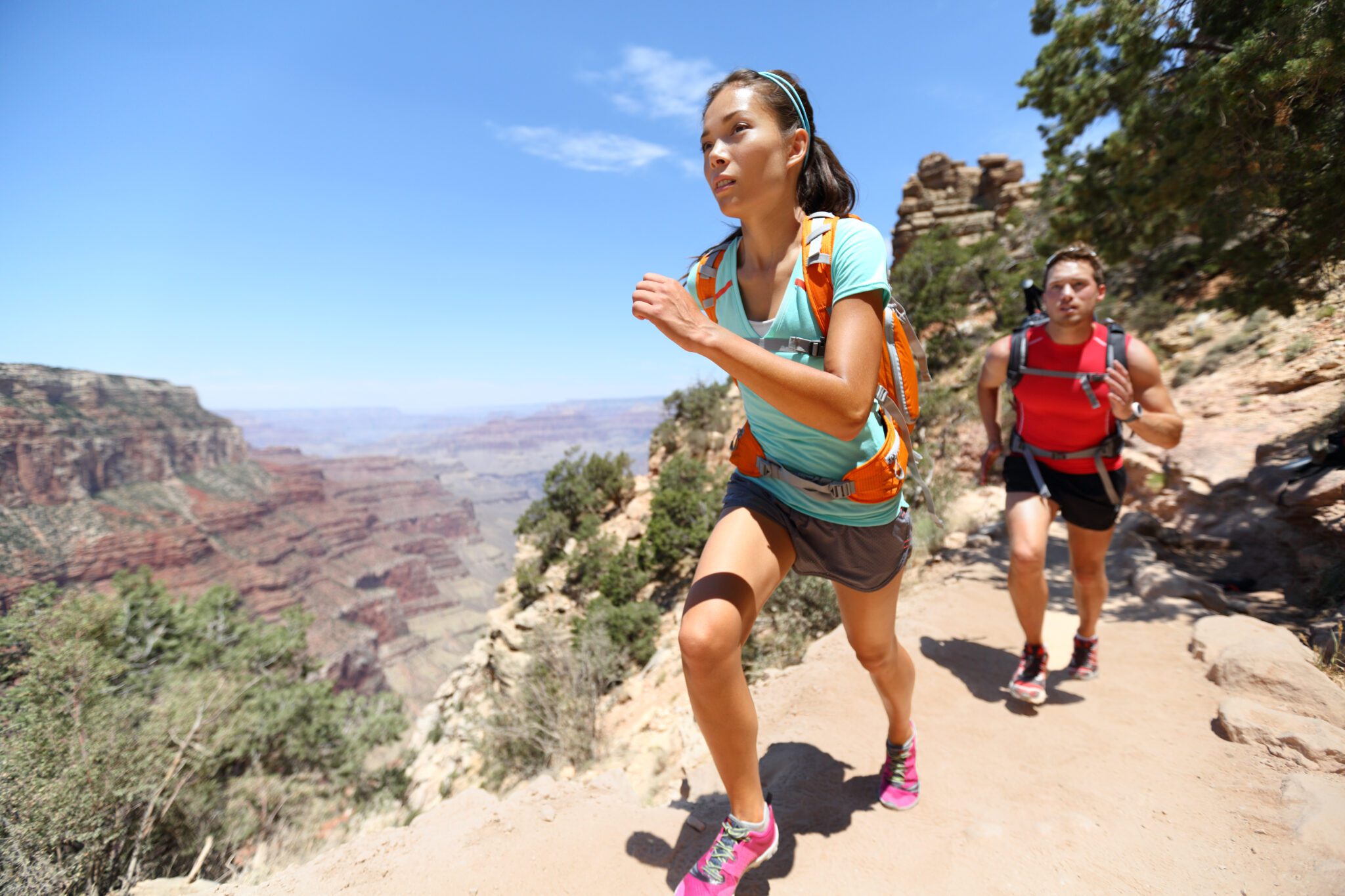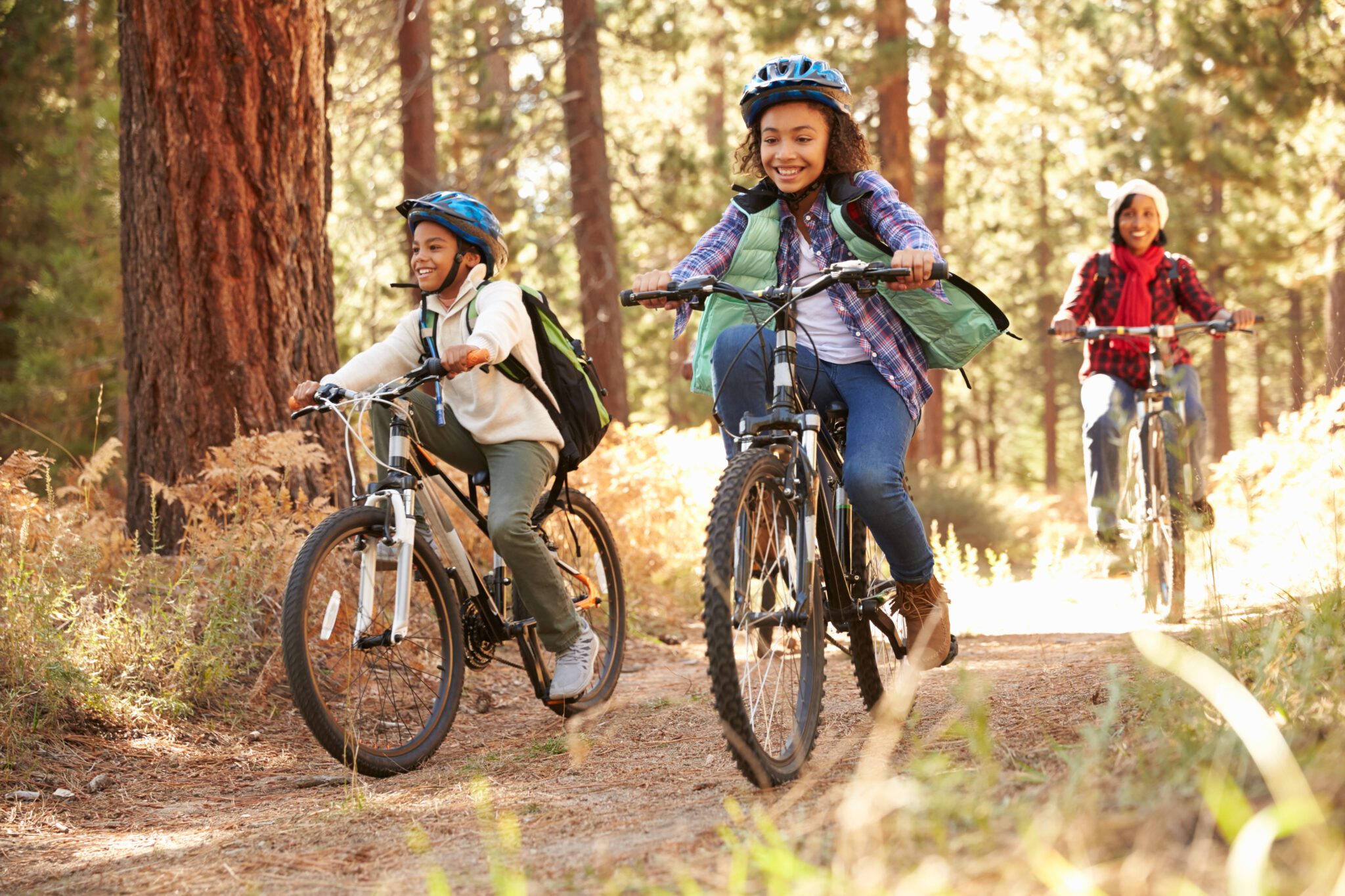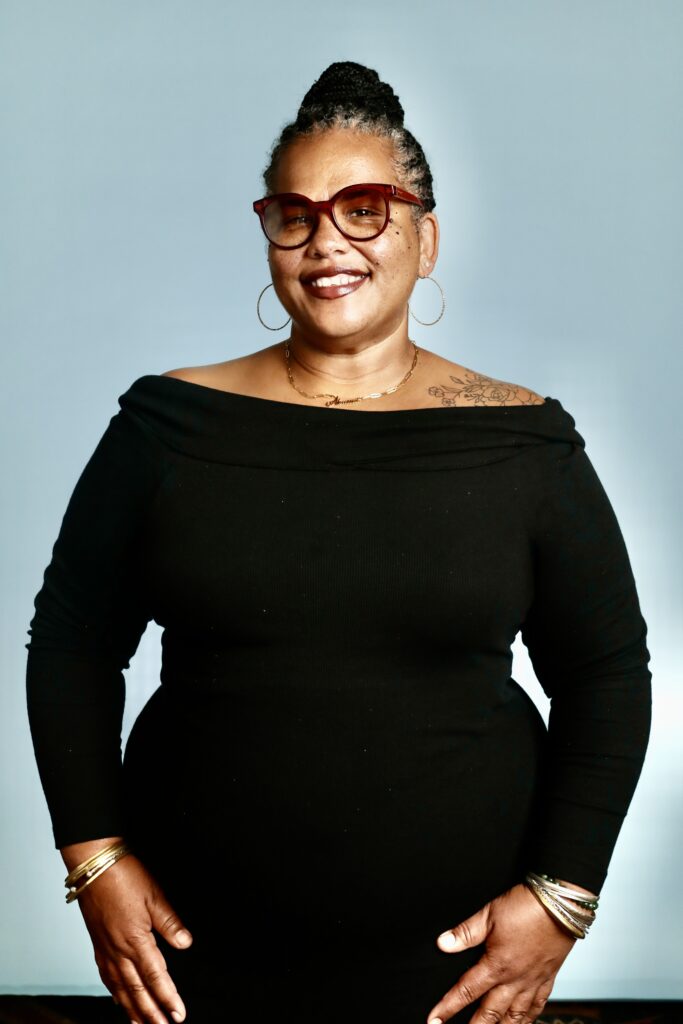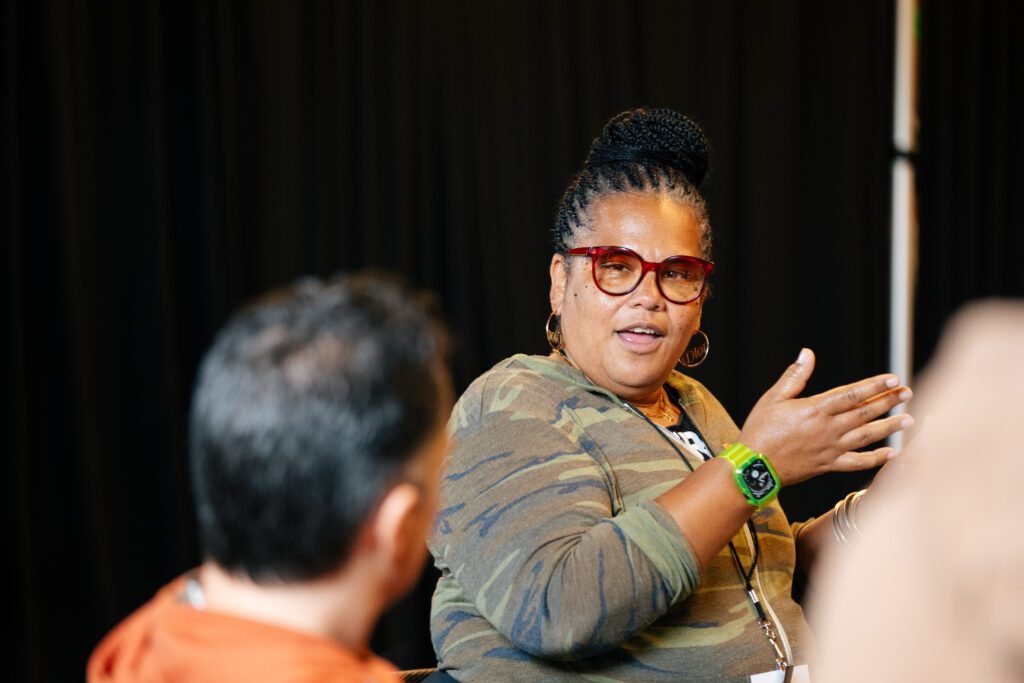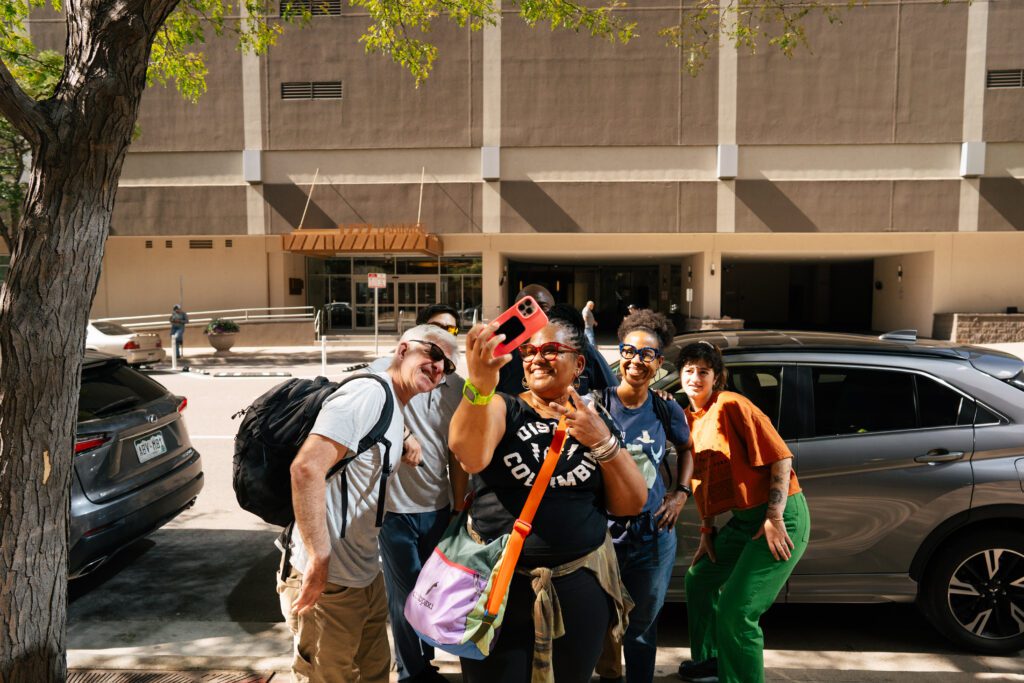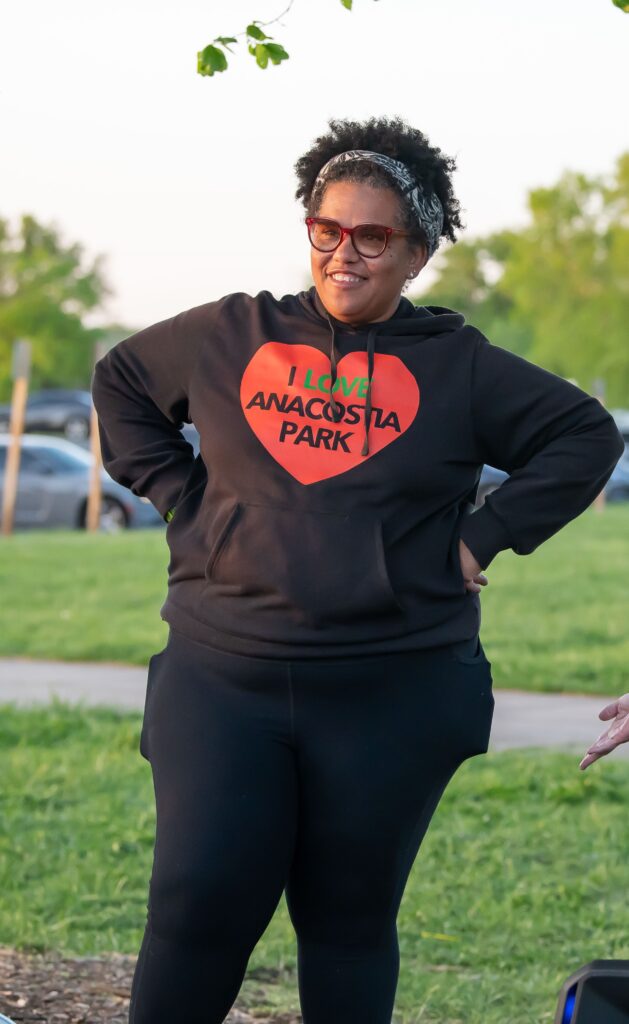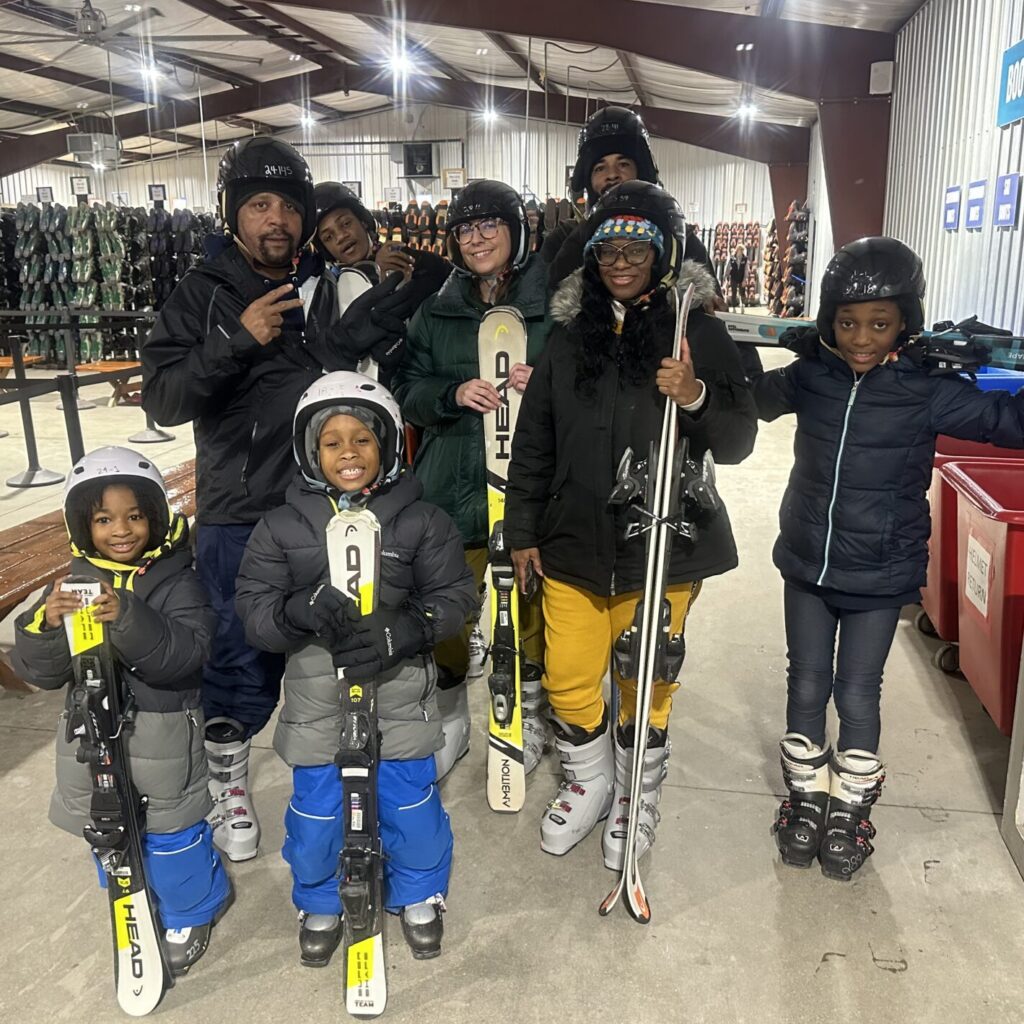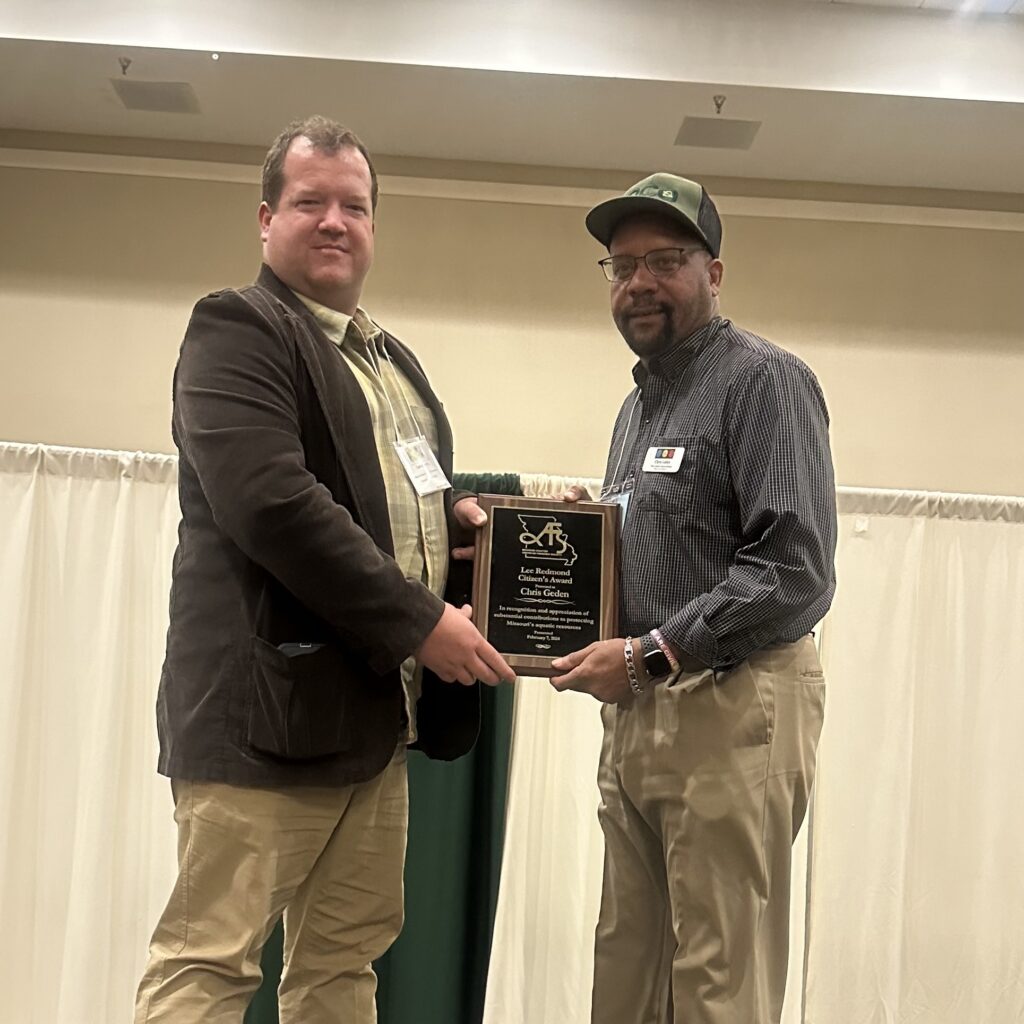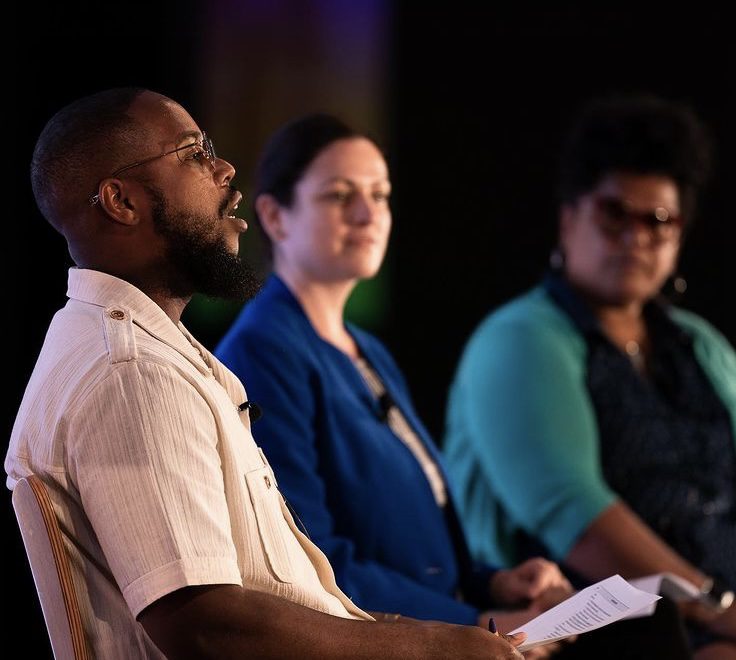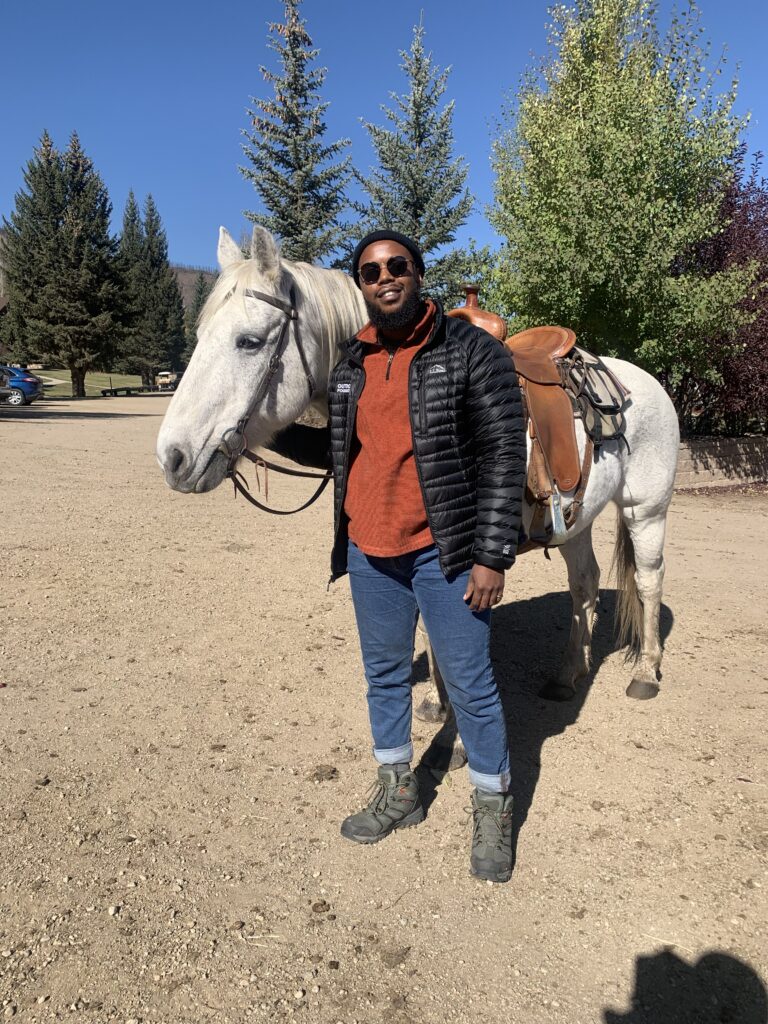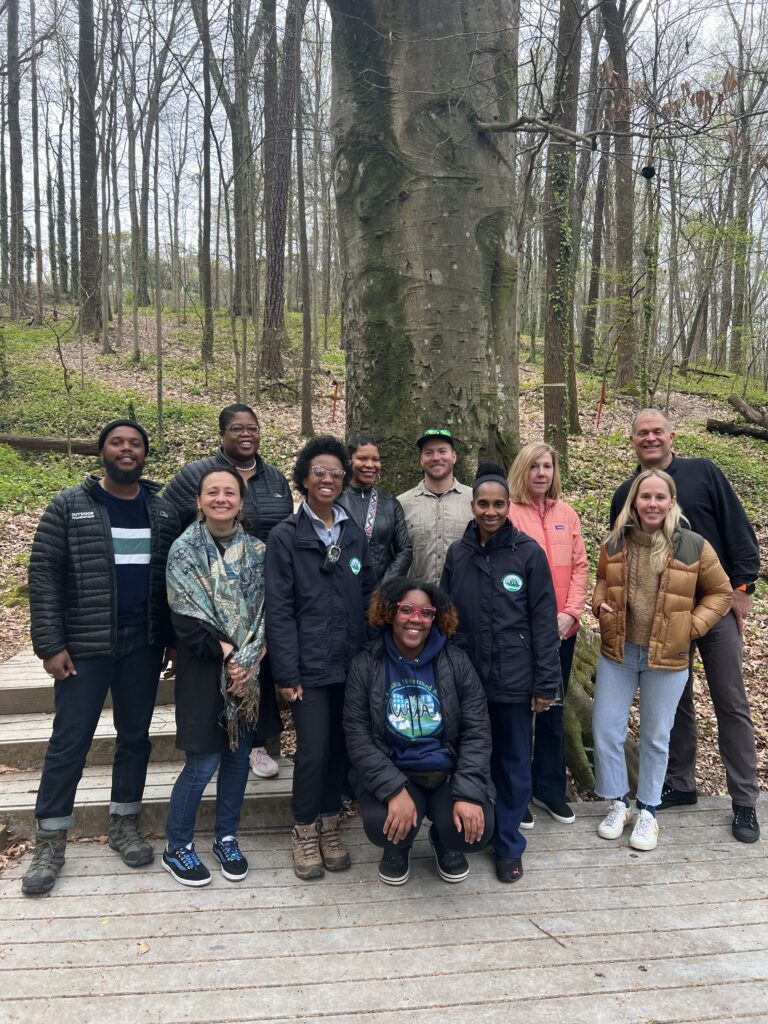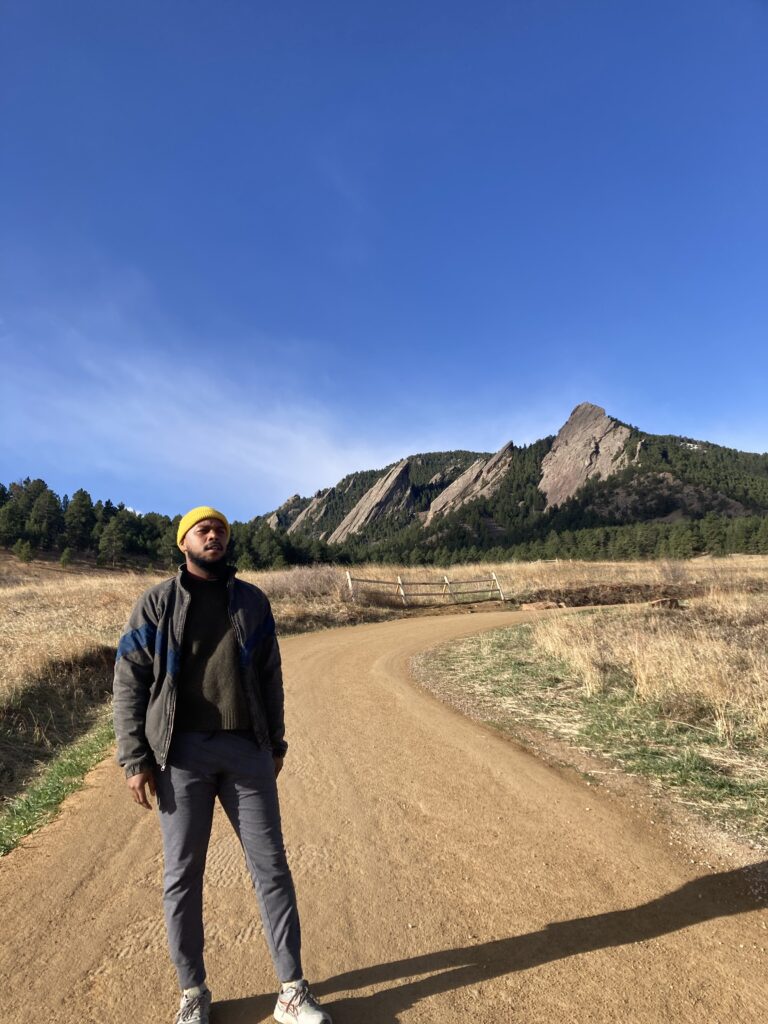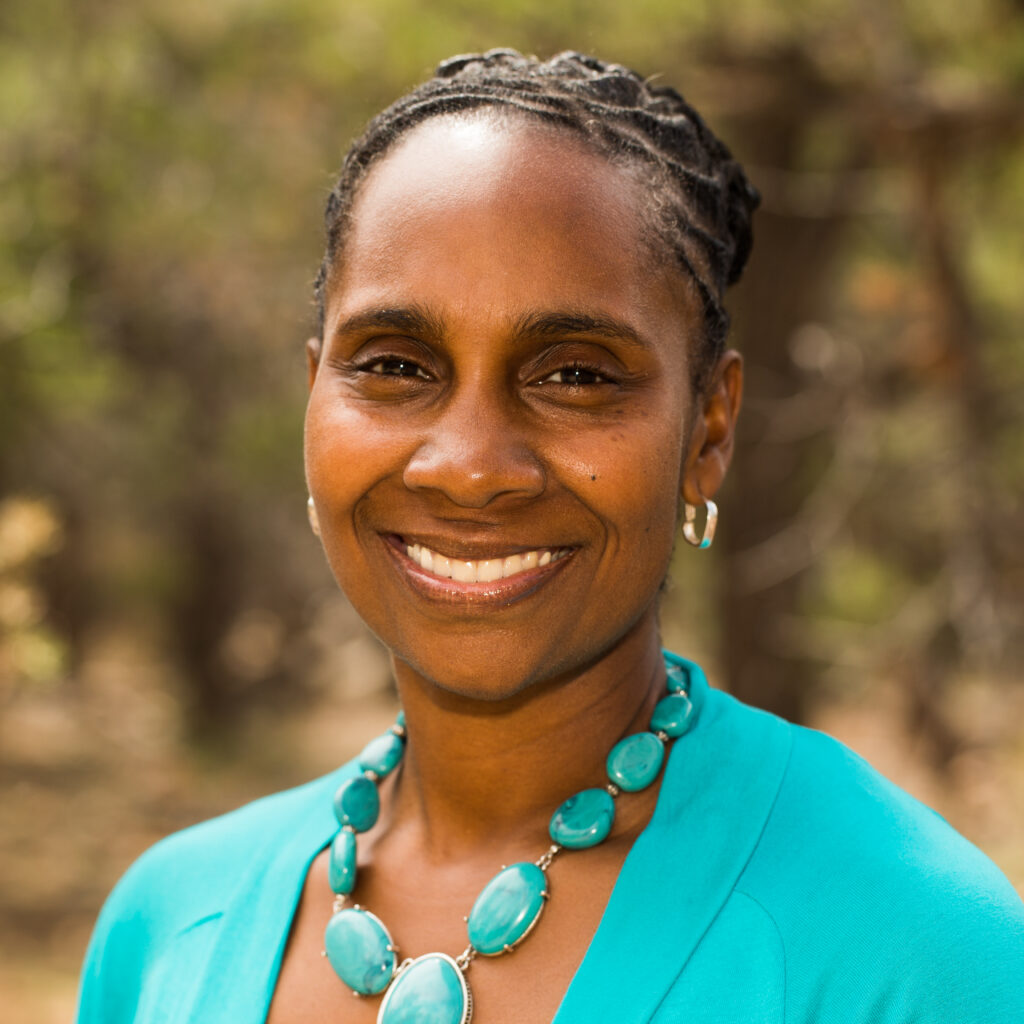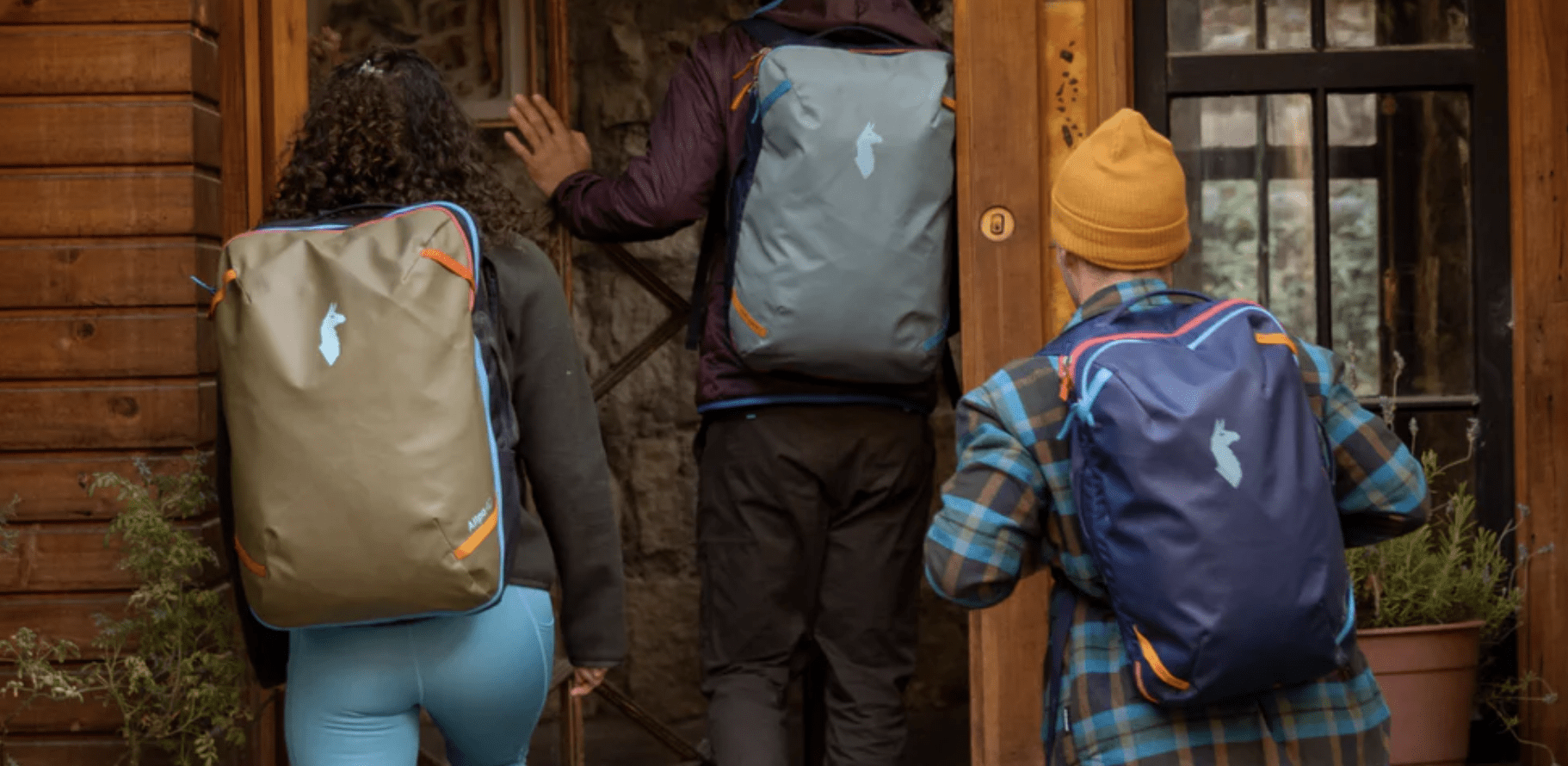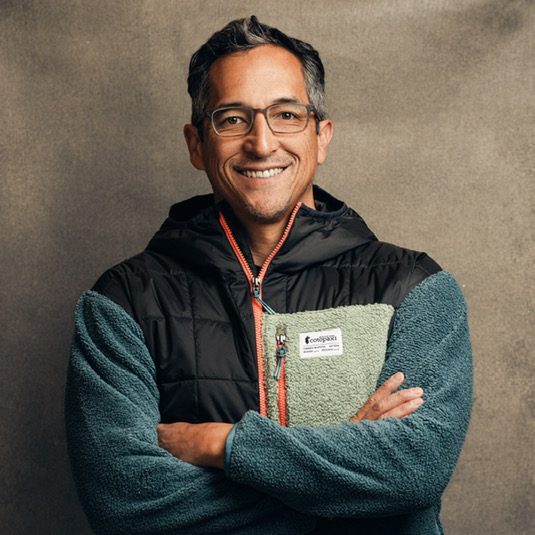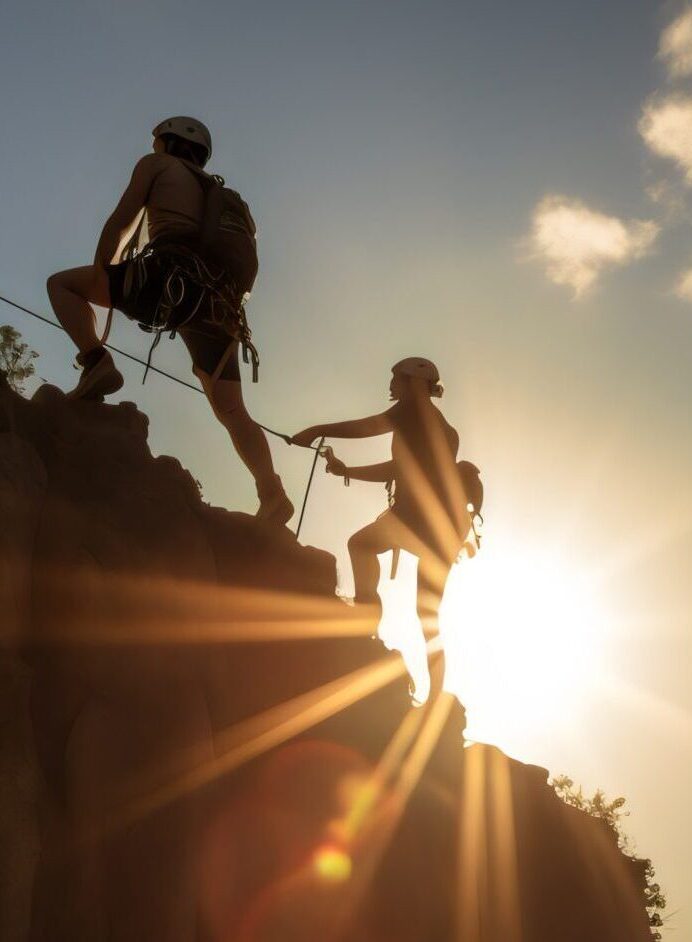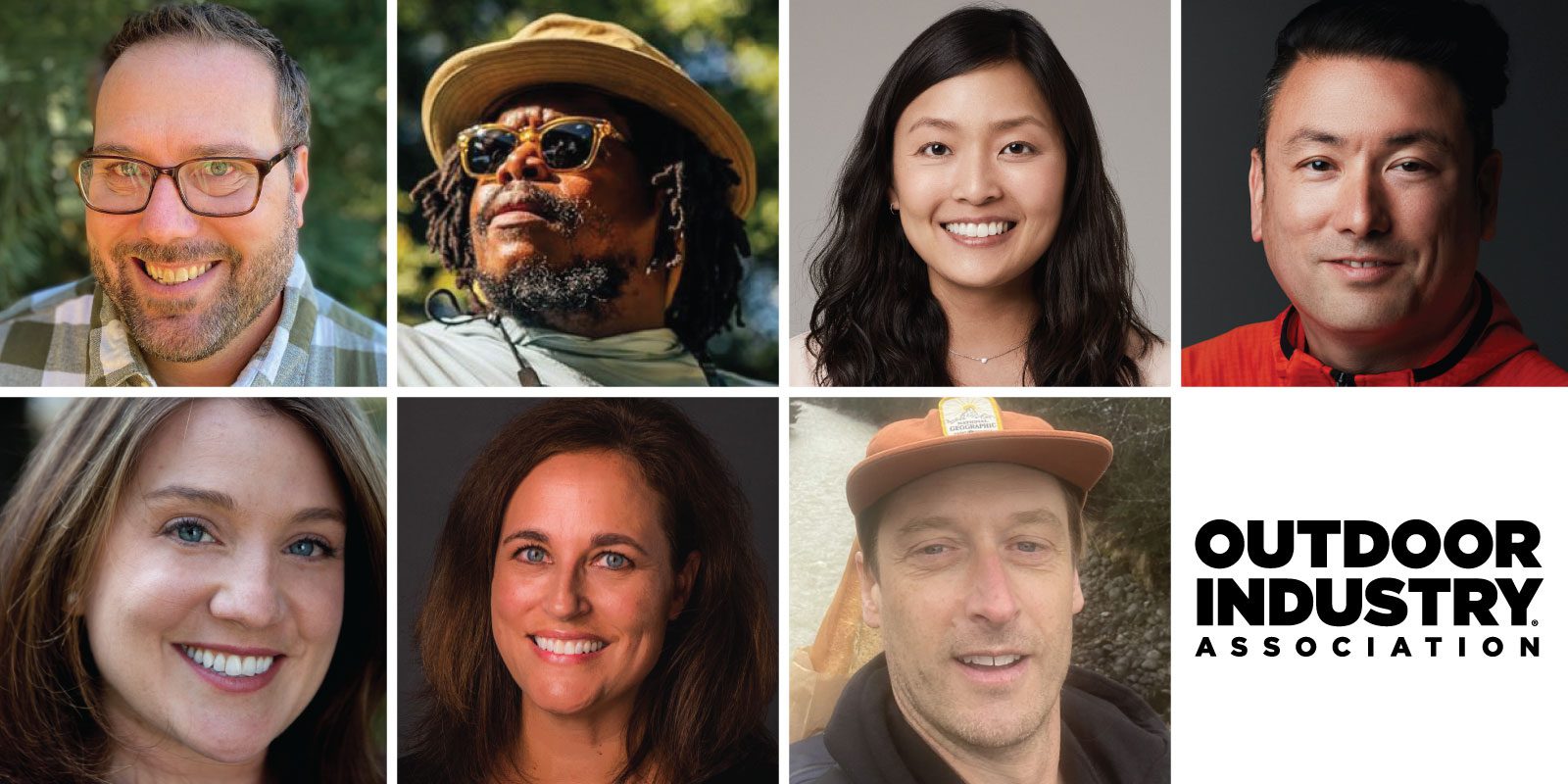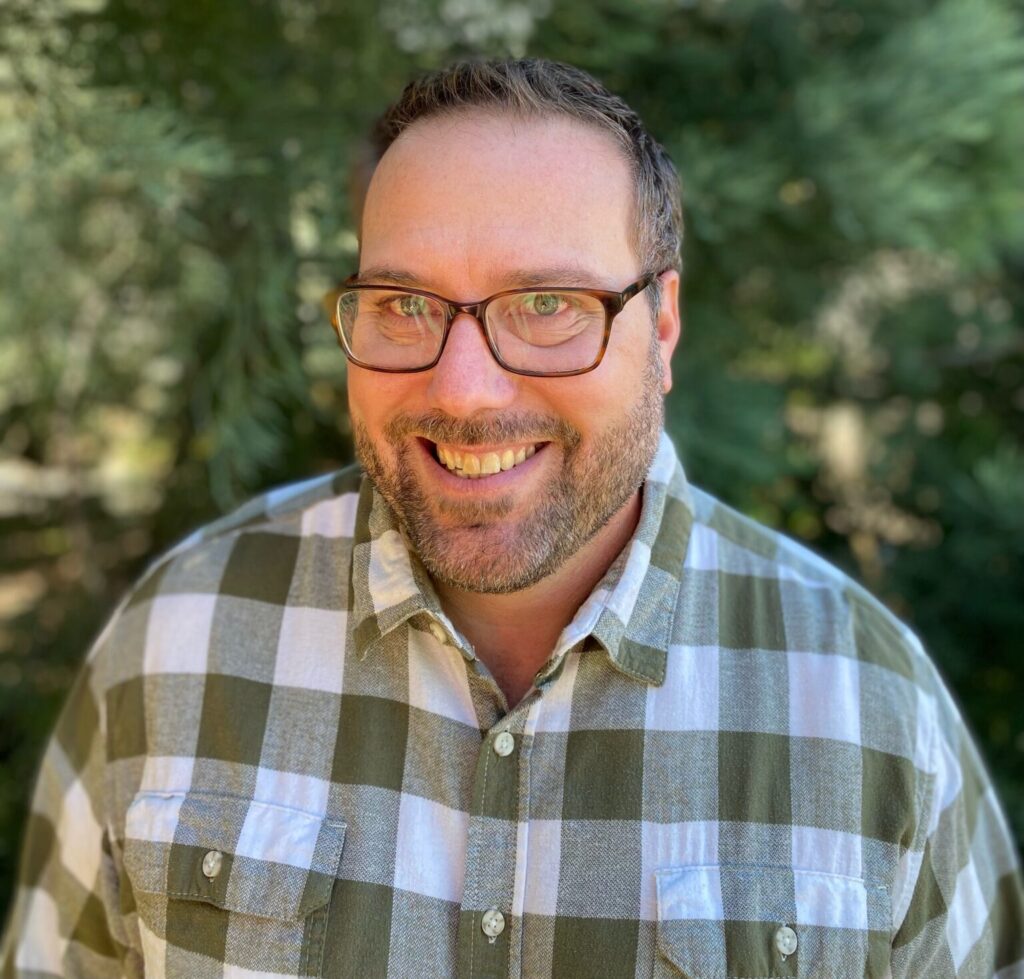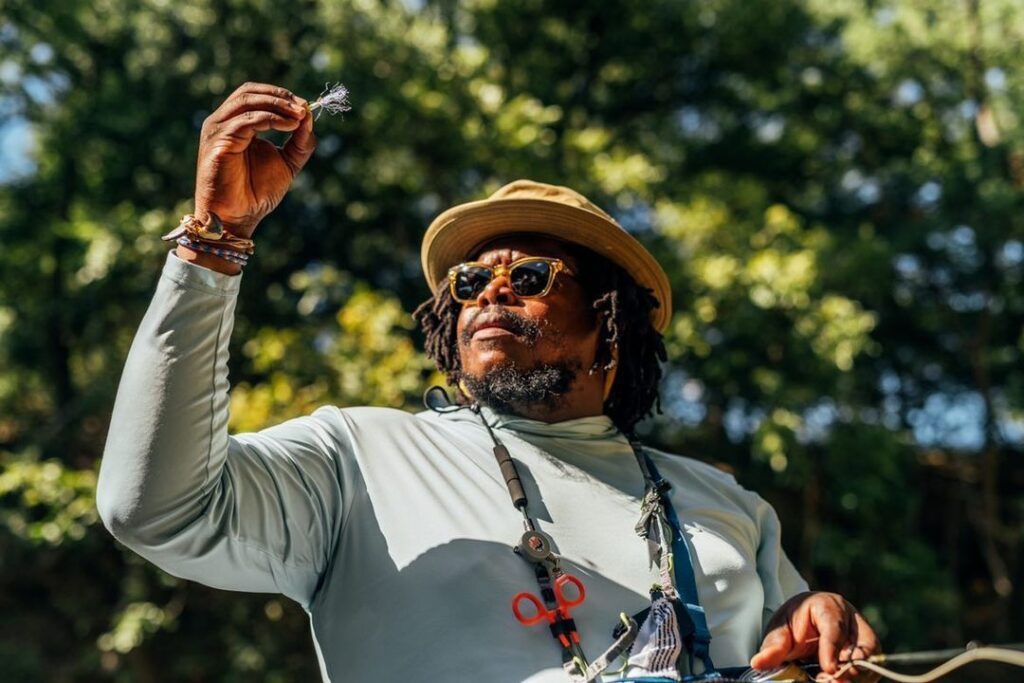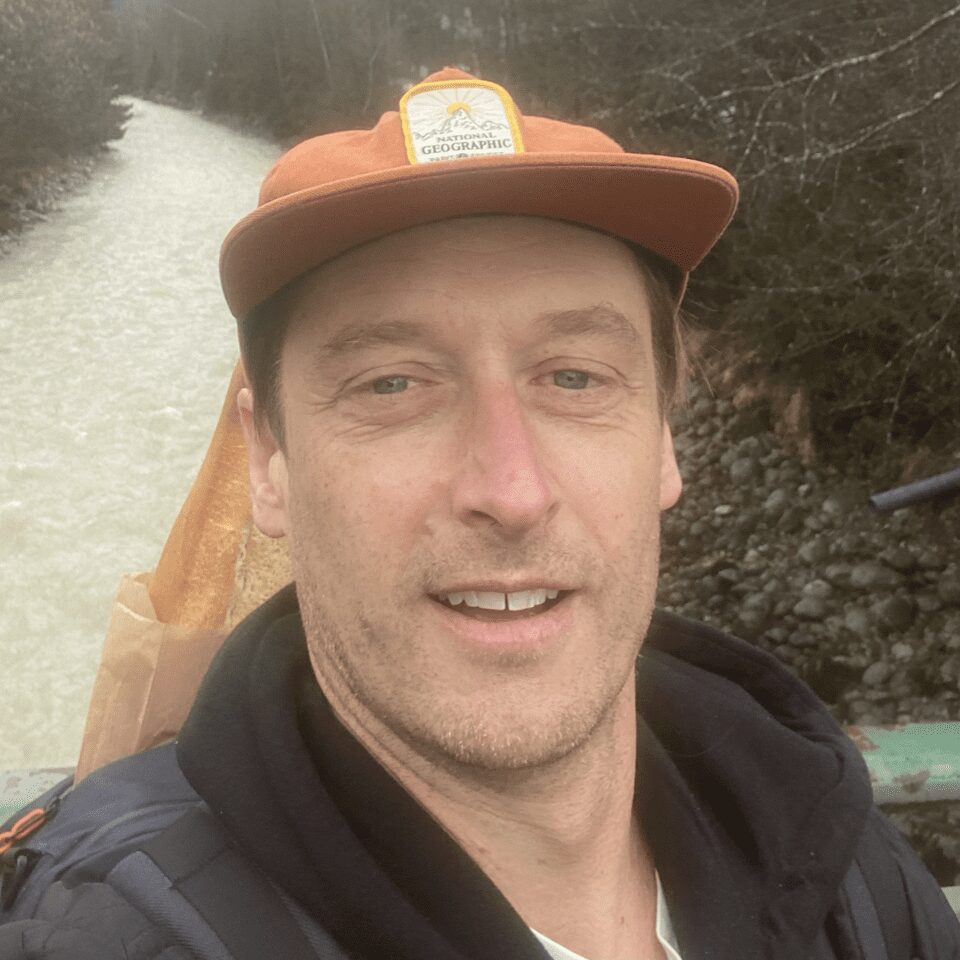Today, the U.S. Bureau of Economic Analysis (BEA) released new data showcasing the tremendous impact of outdoor recreation on America’s economy. In 2022, the BEA found that outdoor recreation accounted for $1.1 trillion in gross economic output, 2.2% of gross domestic product (GDP), and supported 5 million jobs across the United States.
“It comes as no surprise that outdoor recreation and the outdoor economy continue to demonstrate outstanding growth, which also supports the historic trends in outdoor participation we have seen in recent years,” said OIA President Kent Ebersole. “The outdoor recreation participant base grew for the eighth consecutive year to a record 168.1 million participants, and new participants are increasingly diverse and looking to businesses to lead on sustainability, equity, and conservation. This new data demonstrates the strength of the outdoor recreation industry and our collective power to drive sustainable economic growth while protecting – and growing access to – the benefits of the outdoors for everyone.”
BEA launched its outdoor recreation economy project in 2017 to “deepen the public’s understanding of the economic impact of outdoor recreation, inform decision making, and improve governance and long-term management of public lands and waters.”
Explore the power of the outdoor recreation economy through our interactive map, which now lists state-level participation data alongside jobs, wages, and total economic value.




